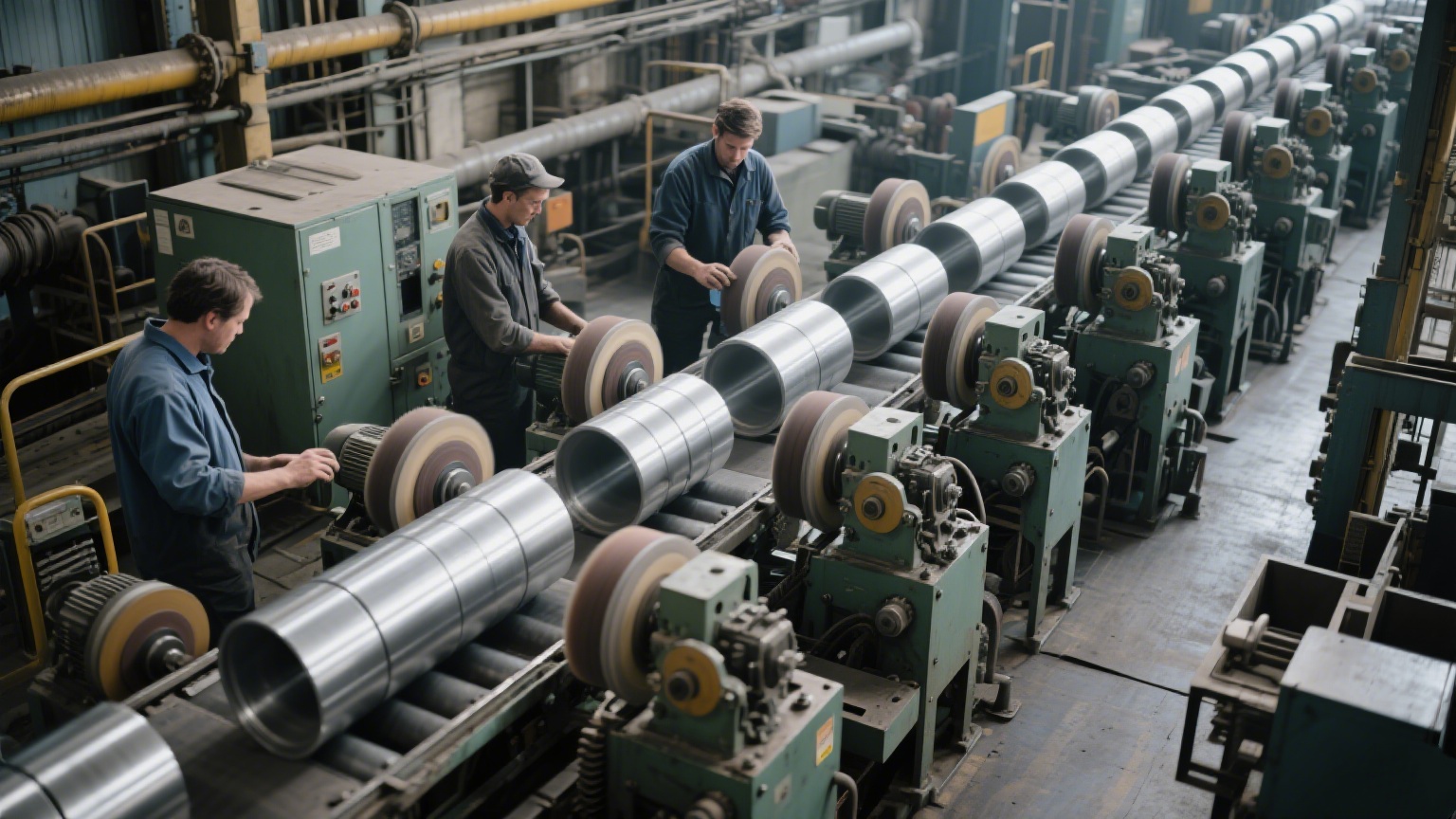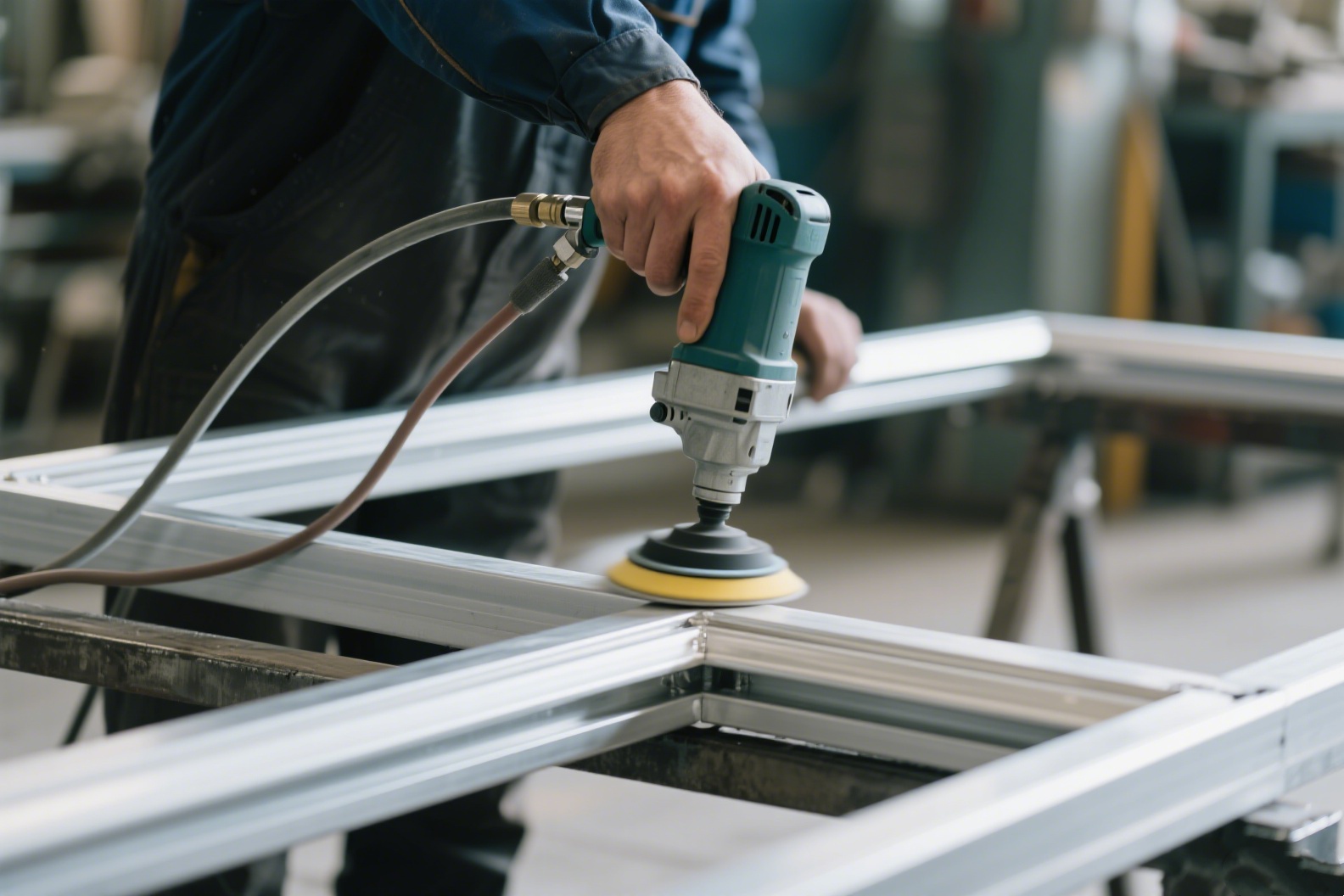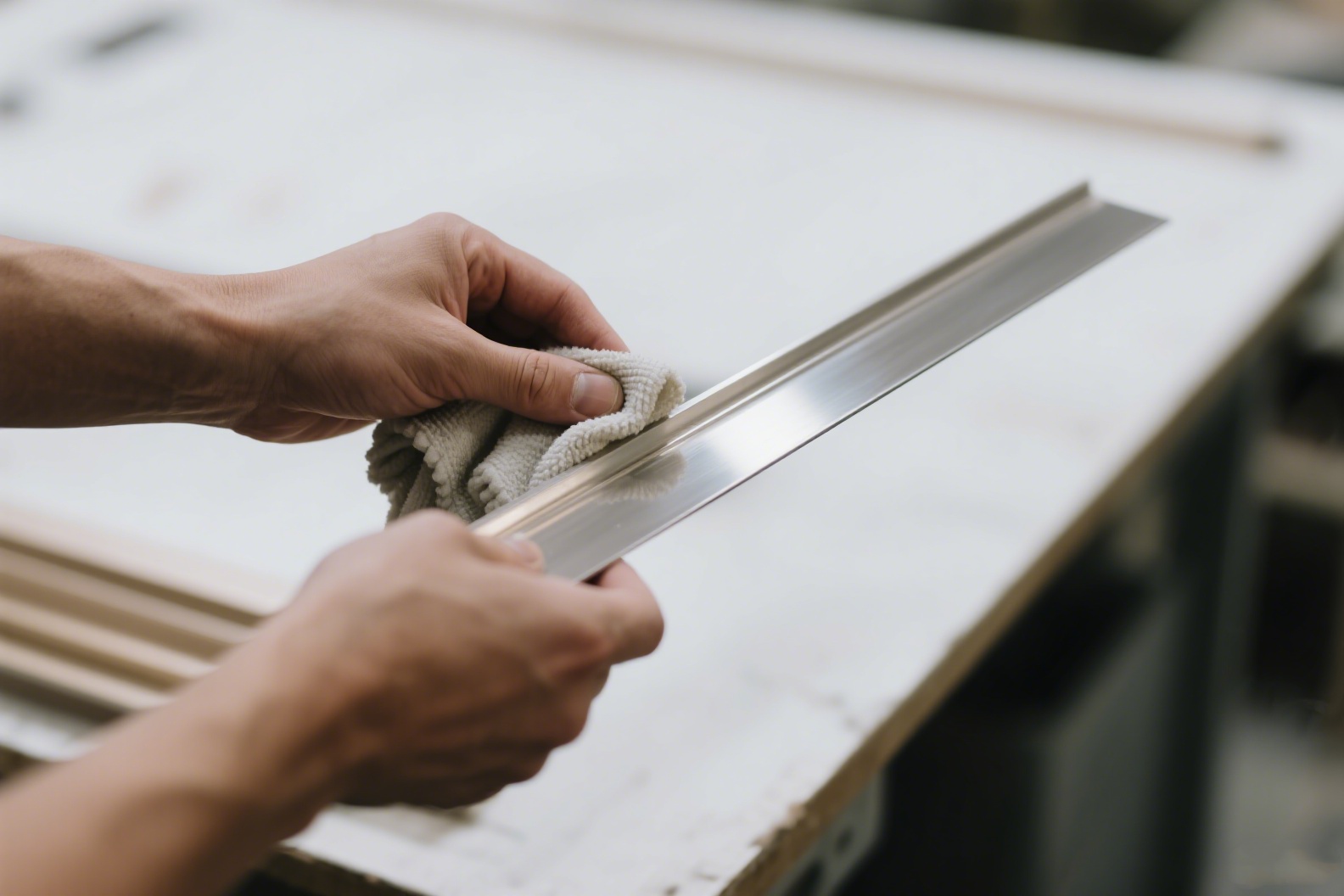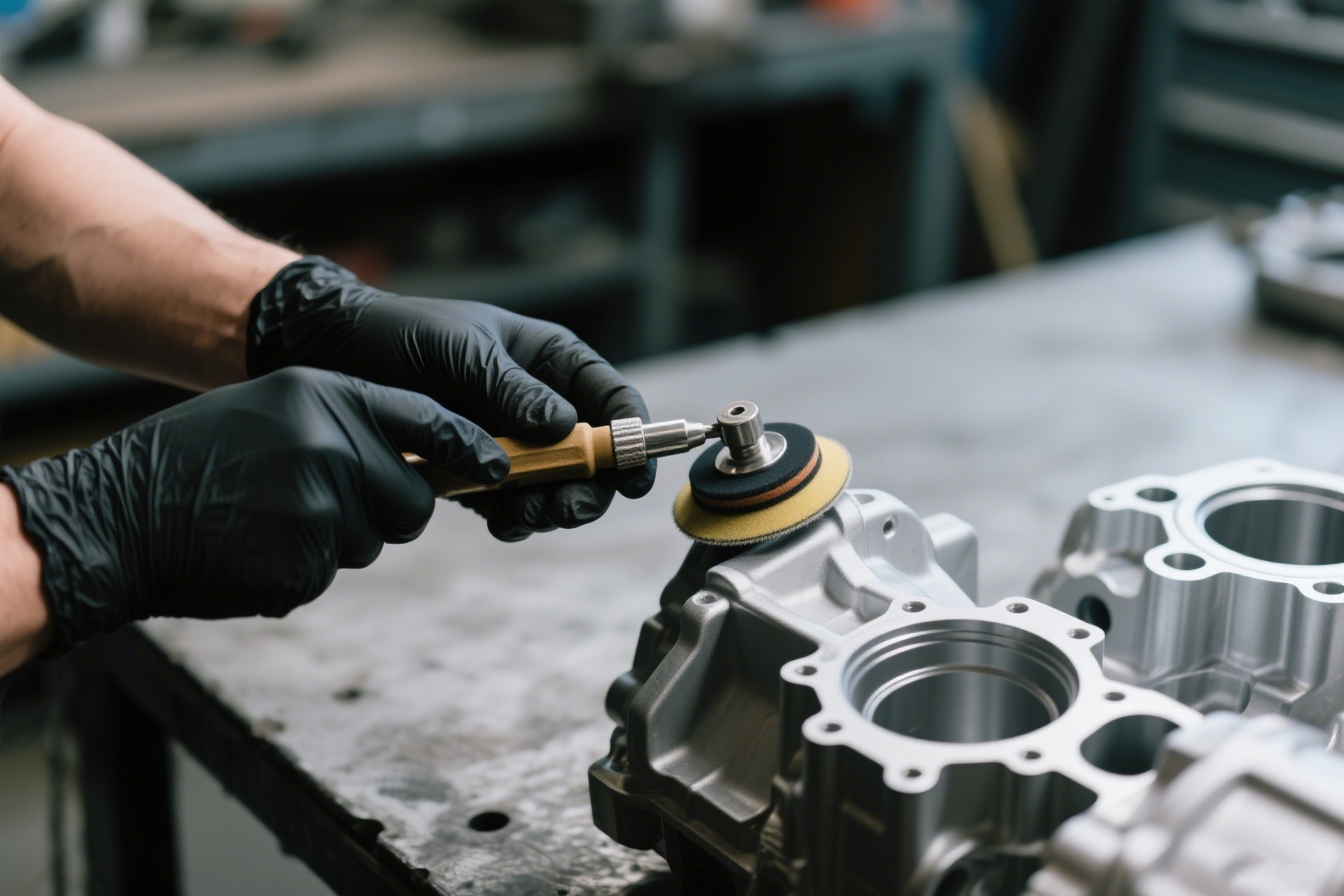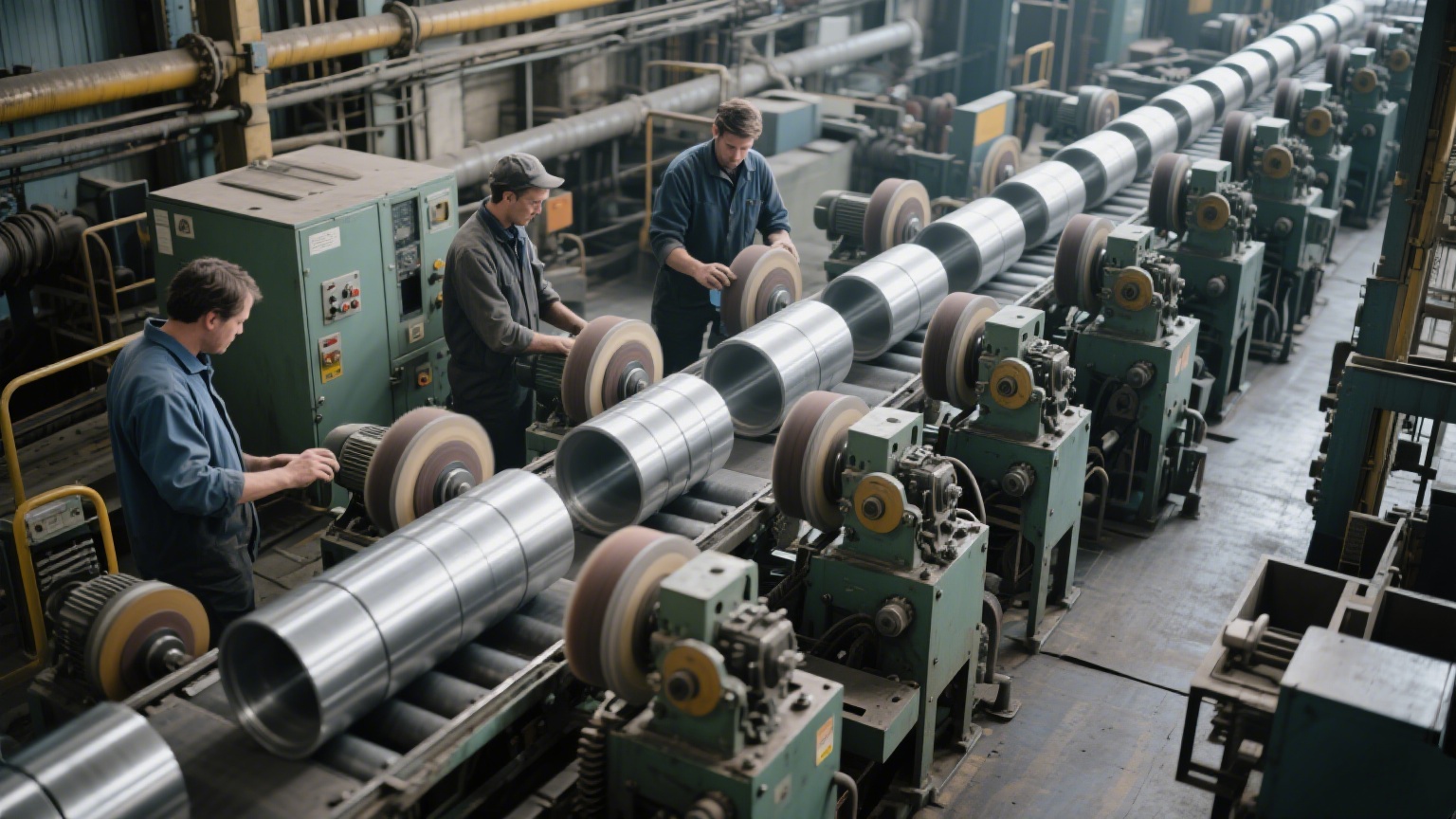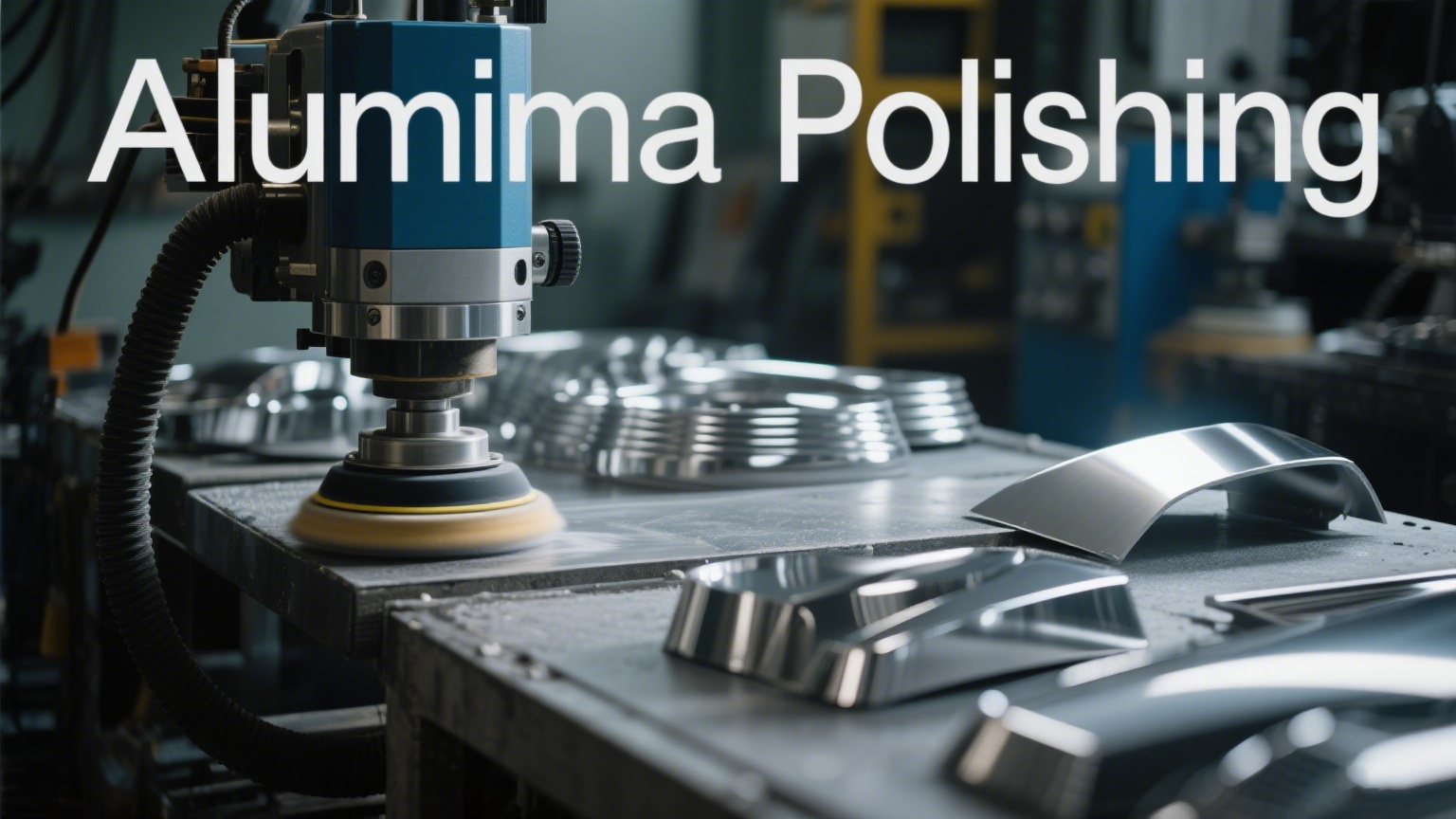
Aluminum Polishing: Common Problems and Effective Solutions
Aluminum Polishing: Common Problems and Effective Solutions
- Customized at your need
- Aluminum Polishing
- Customized at your need
- Informations
- Description
Aluminum Polishing: Common Problems and Effective Solutions
Aluminum Polishing: Common Problems and Effective Solutions
Common Problems in Aluminum Polishing
1. Uneven Polish
Uneven pressure applied during the polishing process. If the operator presses harder on one area than another, that area will be more polished.
Inconsistent speed of the polishing tool. Variations in the tool's speed can lead to differences in the amount of material removed.
Poor quality or worn - out polishing tools. For example, a polishing wheel that is unevenly worn will not polish the surface uniformly.
Train operators to apply consistent pressure across the entire surface. Using a guide or template can help maintain even pressure.
Ensure the polishing machine is set to a constant speed. Regularly check and calibrate the machine to prevent speed fluctuations.
Replace worn - out polishing tools promptly. Use high - quality tools that are designed for aluminum polishing.
2. Scratches After Polishing
Contaminated polishing materials. Abrasive particles or dirt trapped in the polishing compound or on the polishing wheel can scratch the surface.
Skipping grit sizes. If you move from a coarse grit to a very fine grit without using intermediate grits, the scratches from the coarse grit may not be fully removed.
Using a dirty cloth or sponge to clean the surface during or after polishing. The dirt on these items can cause scratches.
Keep polishing materials clean. Regularly replace the polishing compound and clean the polishing wheel to remove accumulated debris.
Follow the correct sequence of grit sizes. Start with a coarse grit, then move to medium, and finally to fine grits. This allows each grit to remove the scratches from the previous one.
Use a clean, lint - free cloth or sponge for cleaning. Wash the cloth or sponge frequently to avoid dirt buildup.
3. Discoloration
Excessive heat generated during polishing. High temperatures can cause the aluminum to oxidize or change color.
Chemical reactions. Using the wrong type of polishing compound or cleaning agent can react with the aluminum and cause discoloration.
Moisture exposure. If the polished aluminum is not properly dried after cleaning, moisture can lead to oxidation and discoloration.
Keep the surface cool during polishing. Use water or a coolant to reduce friction and heat. Take breaks if necessary to allow the surface to cool down.
Choose polishing compounds and cleaning agents that are compatible with aluminum. Read the product labels carefully and test them on a small, inconspicuous area first.
Thoroughly dry the aluminum surface after cleaning. Use a clean, dry cloth to remove all moisture.
4. Oxidation Reoccurring Quickly
Incomplete removal of the previous oxide layer. If the oxide layer is not fully removed during polishing, it can continue to grow and cause re - oxidation.
Exposure to harsh environments. High humidity, saltwater, or industrial pollutants can accelerate oxidation.
Lack of a protective coating after polishing. Without a protective layer, the polished aluminum is more vulnerable to oxidation.
Ensure thorough removal of the oxide layer during polishing. Use appropriate polishing methods and materials to break down and remove the oxide.
Store or use the polished aluminum in a controlled environment. Avoid exposing it to harsh conditions whenever possible.
Apply a protective coating such as wax, lacquer, or a clear sealant after polishing. This coating acts as a barrier against oxygen and other elements that cause oxidation.
5. Poor Gloss
Insufficient buffing. Buffing is the final step that brings out the gloss. If it is not done long enough or with the right compound, the gloss will be poor.
Using the wrong type of polishing compound. Different compounds are designed for different levels of gloss. Using a cutting compound instead of a finishing compound will not achieve a high gloss.
The aluminum alloy is not suitable for a high - gloss finish. Some aluminum alloys are more difficult to polish to a high gloss than others.
Extend the buffing time and use a finishing compound specifically designed for achieving a high gloss. Apply the compound evenly and buff in a circular motion.
Select the right polishing compound for the desired finish. Consult the manufacturer's recommendations for the best compound to use with your aluminum alloy.
If the aluminum alloy is not suitable for a high gloss, consider alternative surface treatments or accept a lower level of gloss.
Table: Common Problems, Causes, and Solutions
Problem | Causes | Solutions |
Uneven Polish | Uneven pressure; inconsistent tool speed; worn - out tools | Apply consistent pressure; maintain constant tool speed; replace worn tools |
Scratches After Polishing | Contaminated materials; skipped grits; dirty cleaning items | Keep materials clean; follow grit sequence; use clean cleaning items |
Discoloration | Excessive heat; chemical reactions; moisture exposure | Keep surface cool; use compatible chemicals; dry thoroughly |
Oxidation Reoccurring Quickly | Incomplete oxide removal; harsh environments; no protective coating | Remove oxide fully; control environment; apply protective coating |
Poor Gloss | Insufficient buffing; wrong compound; unsuitable alloy | Extend buffing with finishing compound; choose right compound; consider alloy limitations |
Preventive Measures
Proper Training: Ensure that operators are properly trained in aluminum polishing techniques, including how to apply pressure, select the right tools and compounds, and maintain consistent speed.
Regular Maintenance of Equipment: Keep polishing machines, wheels, and other tools in good working condition. Regularly inspect and clean them to prevent issues.
Quality Control Checks: Implement quality control checks at each stage of the polishing process. This allows you to catch problems early and make corrections before they worsen.
Storage of Materials: Store polishing compounds, sandpaper, and other materials in a dry, clean place to prevent contamination.
| Type | Aluminum Polishing | Entrance size | Customized at your need |


